Testosterone is the sex hormones produced in both female and male. A minimal amount of testosterone is provided in the adrenal gland right on top of our kidney.
Still, the significant amount of testosterone is produced by the ovaries in women and by the Leydig cells in the testes in men. This hormone is an androgen which means that it is responsible for the development of the main male characteristics.
Testosterone is the primary sex hormone produced in men, it is found in a higher quantity in men than in women, and women produce more of estrogen. Testosterone is responsible for making new blood cells; it ensures that your bones and muscles are well built and sturdy. It also enhances the sexual drive in men and women.
Testosterone is closely associated with the development of physical attributes like broader shoulders, height, body and pubic hair, increase in the penis, prostate gland and testes. It stimulates the secretion of follicle-stimulating hormone.
This hormone is responsible for further development for the inner and outer reproductive organs and is very important for sperm production. In women, the majority of testosterone is converted to an androgen called dihydrotestosterone.
Below is the process through which testosterone is produced in the testicles in men:
1. The whole process starts first in the brain, that is, when the hypothalamus perceives that our body requires more testosterone. At this point, it begins to secrete a special kind of hormone known as the gonadotropin-releasing hormone. And this hormone moves to the pituitary gland right at the back of our brain.
2. Once the hormone moves, the pituitary gland immediately notices the gonadotropic-releasing hormone it begins to produce two hormones known as the luteinzing hormone (LH) and the follicle-stimulating hormone (FSH). The FSH and LH move further to the testicles through the passageway known as the bloodstream.
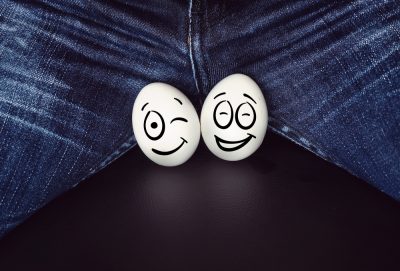 3. As soon as the LH and FSH reach your testicles, they pass across two different messages. LH creates more testosterone by stimulating the Leydig cells while the FSH develops the production of sperm.
3. As soon as the LH and FSH reach your testicles, they pass across two different messages. LH creates more testosterone by stimulating the Leydig cells while the FSH develops the production of sperm.
4. Now the Leydig cells in the testicles start to convert cholesterol to testosterone. Shocking right? That is right; cholesterol is the startup for testosterone. The Leydig cells obtain what they need to produce testosterone just by making use of the cholesterol found floating around in the blood.
Our body automatically produces some amount of cholesterol, if we do not consume enough that would later be converted to testosterone. After this, the Leydig cells found in the testicles convert its testosterone.
5. Immediately the testosterone is produced in your body; it moves back into the bloodstream. It becomes biologically inert as most of it attaches itself to albumin and SHBG. The small amount of testosterone that roams free starts building up in our bodies and minds.
The process by which testosterone is produced is a complicated method, and the complexity means that there are numerous ways in which the level of testosterone can drop in your body. They include:
- Ageing- this is the most common reason for the decrease in the level of testosterone in your body. After the age of thirty, the testosterone level in men begins to wane and decrease.
- Cancer
- Diabetes
- Injury to the testicles
- Infection of the testicle
- Lung diseases
- Pituitary gland problems
The Three Sub-Types of Testosterone
Testosterone is a steroid hormone that is gotten from cholesterol which provides for a variety of benefits. Averagely, men produce about 7 mg of testosterone per day, but research has shown that our bodies use not all of the testosterone hormones in our bloodstream.
The total level of testosterone in your body can be divided into the following three subtypes:
Free testosterone
This is the purest and simplest form of testosterone. It is known as ‘free’ because it does not have any sort of protein connected to it. Free testosterone works its magic by entering the cells and activating receptors.
Despite the benefits which you derive from the free testosterone, it only covers a small per cent of your total testosterone levels.
SHBG-bound Testosterone
Sex hormone-binding-globulin (SHBG) is a protein to which forty to fifty per cent of your total testosterone is bound to. The SHBG aids in the regulation of free testosterone in your body. This testosterone is produced in the livers but is biologically inactive, which means that it cannot be used to build muscles or produce sperms.
This testosterone is perfectly non-harmful, but an excess of it can lead to extremely high levels of testosterone. As a result of this, you can still suffer from testosterone deficiency. SHBG is concerned with too much testosterone and does not make room for the real stuff.
Studies have shown that a good diet regimen and a healthy lifestyle can help in the reduction of the SHBG testosterone present in your body, giving room for more free testosterone.
Albumin-bound Testosterone
The remaining testosterone in your body is connected to a protein known as albumin. Albumin is a protein which can be located in the liver, and it aids in stabilizing extracellular fluid volumes.
Just like the sex hormone-binding-globulin, the albumin-bound testosterone is biologically inactive. But it is important to note that the albumin-bound testosterone is not totally the same with the SHBG testosterone.
The bond between testosterone and albumin is very fragile and can be easily broken when there is a need for free testosterone. This is because albumin testosterone can be easily changed into free testosterone.
Effects of Testosterone
Testosterone is the sex hormone in man that affects everything he does. It affects his bone density and muscle mass, his sexuality and reproductive system. It also plays a vital part in his behaviours.
Reproductive System
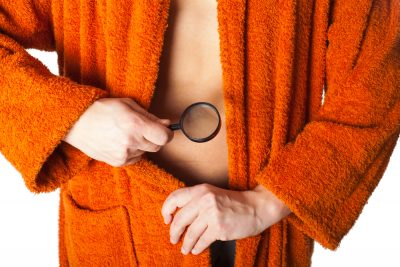 After some weeks past conception, testosterone starts informing male genitals. During puberty, just at the peak of your testosterone levels, the hormones begin to develop your testicles and penis. After this, the testes start to produce fresh, new sperm daily.
After some weeks past conception, testosterone starts informing male genitals. During puberty, just at the peak of your testosterone levels, the hormones begin to develop your testicles and penis. After this, the testes start to produce fresh, new sperm daily.
Men who experience lowered testosterone hormones in their body begin to have erectile dysfunction, and if this continues, it can lead to reduced sperm production.
Sexuality
During puberty, a male’s physique starts to develop correctly and with this comes a growing desire for sex. But for a man with low testosterone level, the desire for sex is not heightened.
Regular sexual activities like having sex or masturbating can increase the level of testosterone in your body. This means that the level of testosterone can drop in your body if you are not sexually active.
Central Nervous System
The body controls testosterone through some specific ways. It is done by transporting messages that are released in the bloodstream through chemicals and hormones. It starts in the brain; the hypothalamus relates how much testosterone is needed to the pituitary gland, then the pituitary gland delivers the message straight to the testicles.
Testosterone is a significant key player in the behaviour of men. It boosts their spirit of self-esteem and competitiveness. It triggers actions like aggressiveness and dominance.
Low levels of testosterone in men can lead to lack of confidence, sleep disturbances or insomnia, feelings of sadness and lack of motivation to engage in things. Note that testosterone is not the only thing that affects personality traits but also environmental and biological factors are involved.
Muscle, Fat and Bone
Testosterone is significantly involved in the development of muscle mass and strength. This hormone aids in tissue growth because it increases neurotransmitters. It also causes protein synthesis because of its interaction with the nuclear receptors in DNA.
Exercise is proven to boost muscles because testosterone helps in increasing the levels of growth hormone. Men with lowered testosterone levels are most likely to have fragile bones and suffer from fractures regularly.
Testosterone is known to play a vital role in fat metabolism. Research has shown that men with lowered testosterone levels are likely to be obese.
Skin and Hair
As a man gets older, testosterone causes the growth of hairs on the face, underneath the armpits and around the genitals to begin to develop. A man with low testosterone levels is likely to experience loss of hair on the head, face and other parts of the body.
Circulatory system
Testosterone travels around the body through a passageway known as the bloodstream. And the only way to see the level of testosterone your organization currently has is through a blood test. Testosterone is also responsible for the production of red blood cells with the aid of the bone marrow.
Conclusion
Testosterone is the primary steroid hormone produced in male responsible for the development of the physique and structure of a man. It also aids in the development of the principal sex organs to make both internally and externally.
Testosterone is produced naturally in men with the steps mentioned above. Types of testosterone include free testosterone, sex hormone-binding-globulin testosterone and albumin-bound testosterone.
It is usual for men to see a decrease in their level of testosterone and very advisable for them to consult a doctor on how to tackle the issue. It could be through natural methods like living a healthy diet and exercising regularly or taking testosterone boosters. Both of these options are safe and recommended for use.

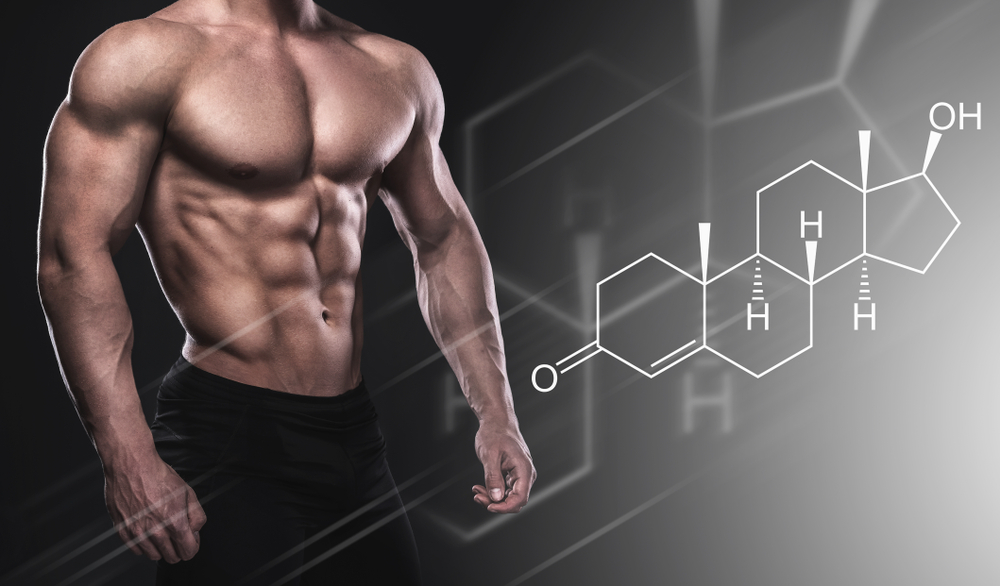

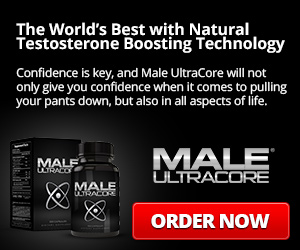

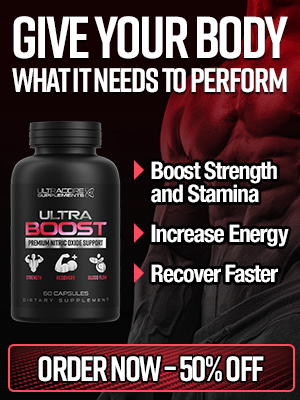


COMMENTS